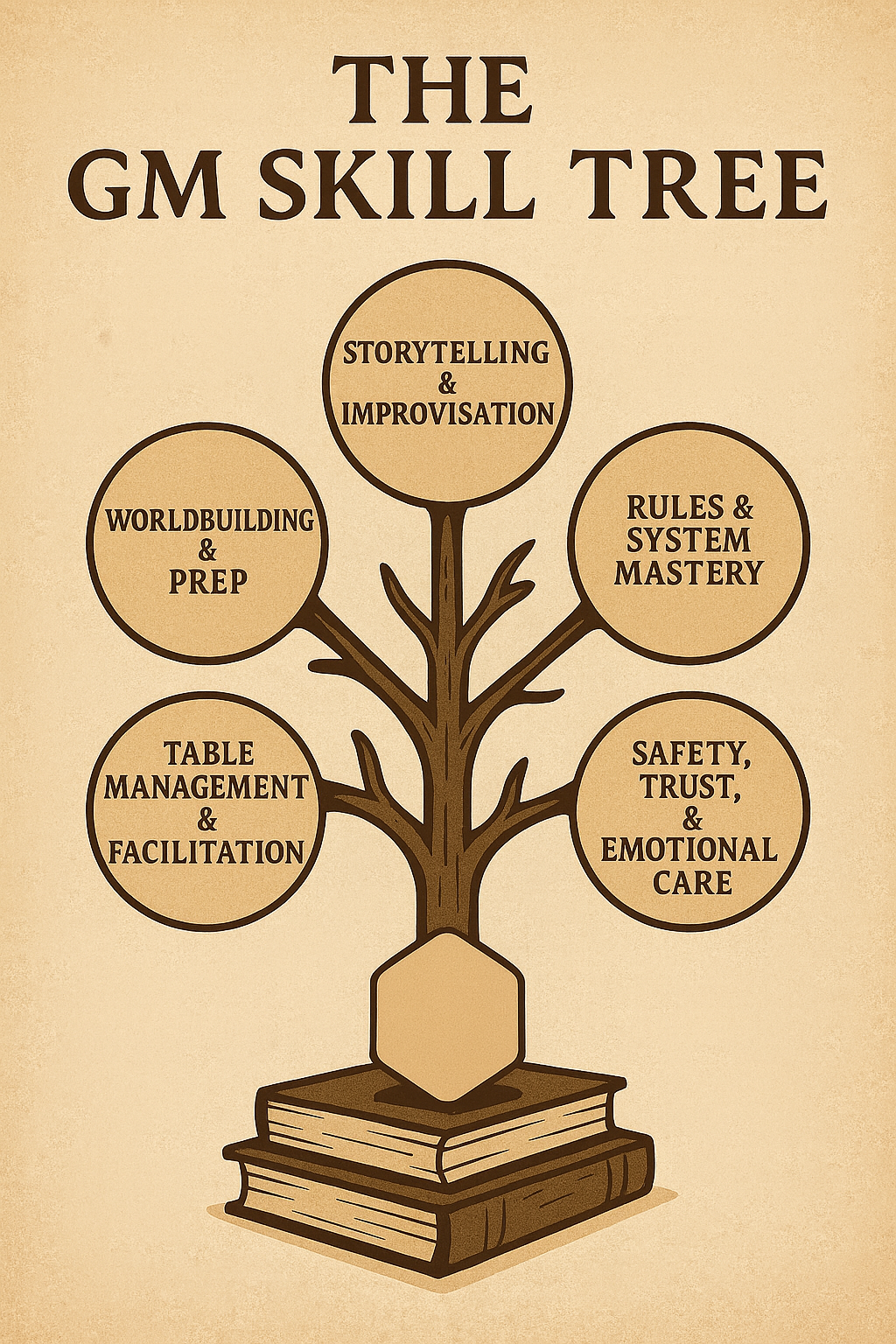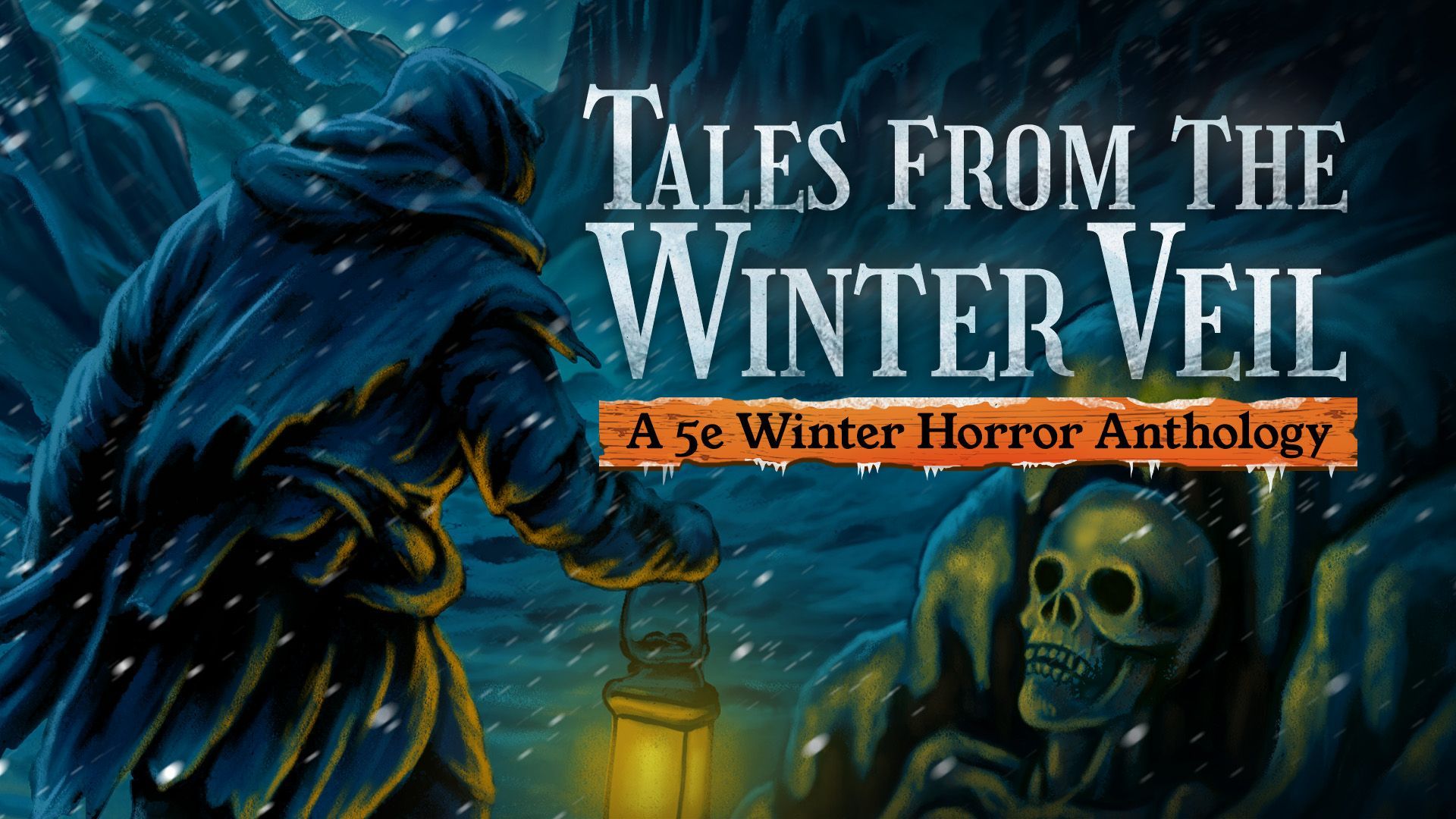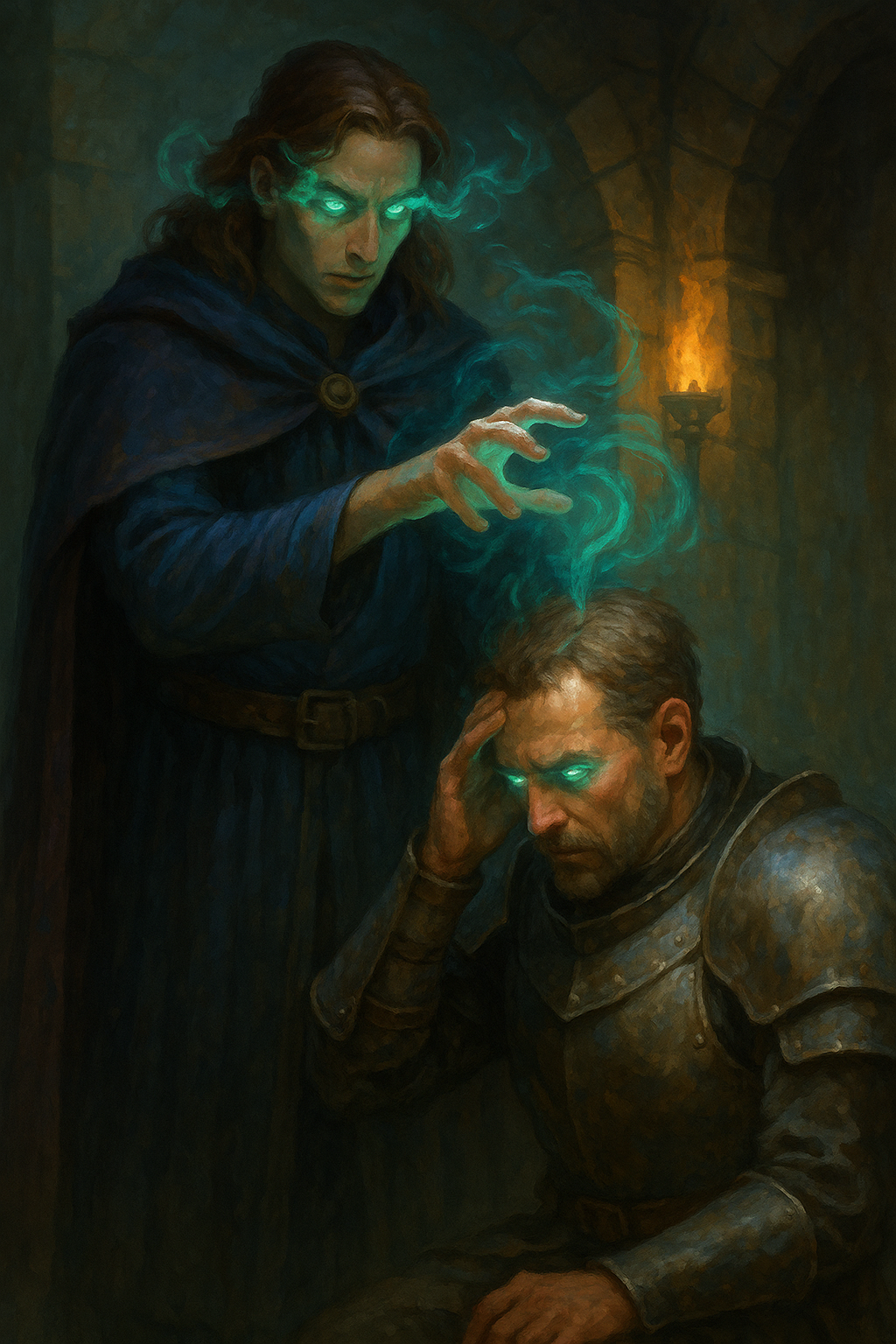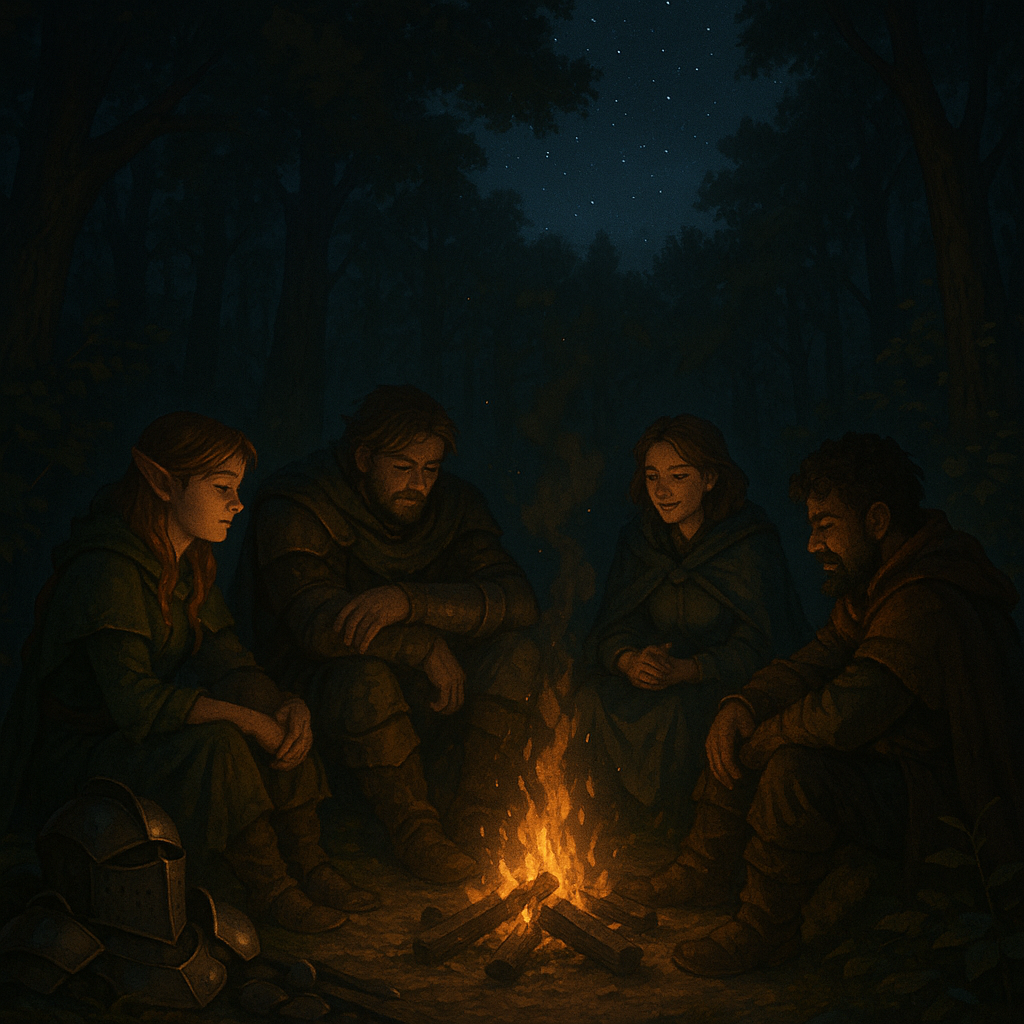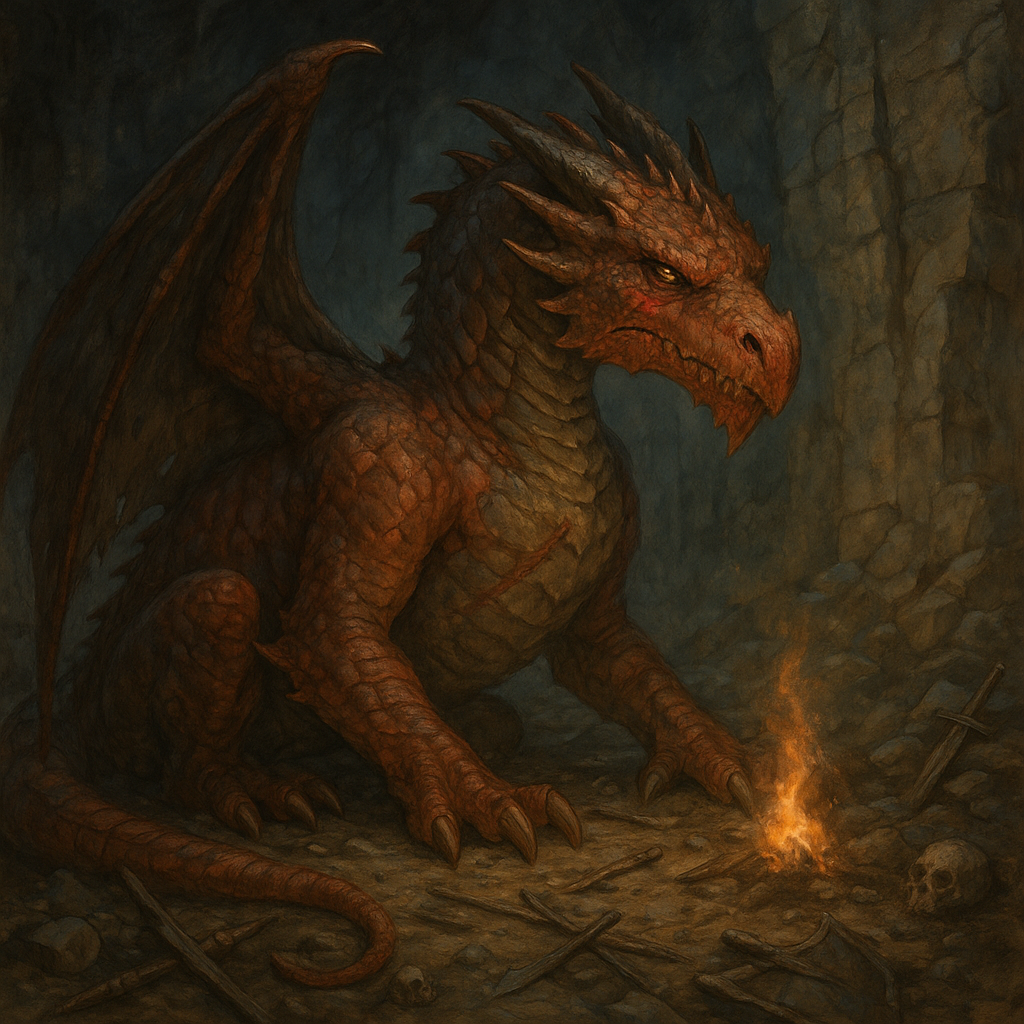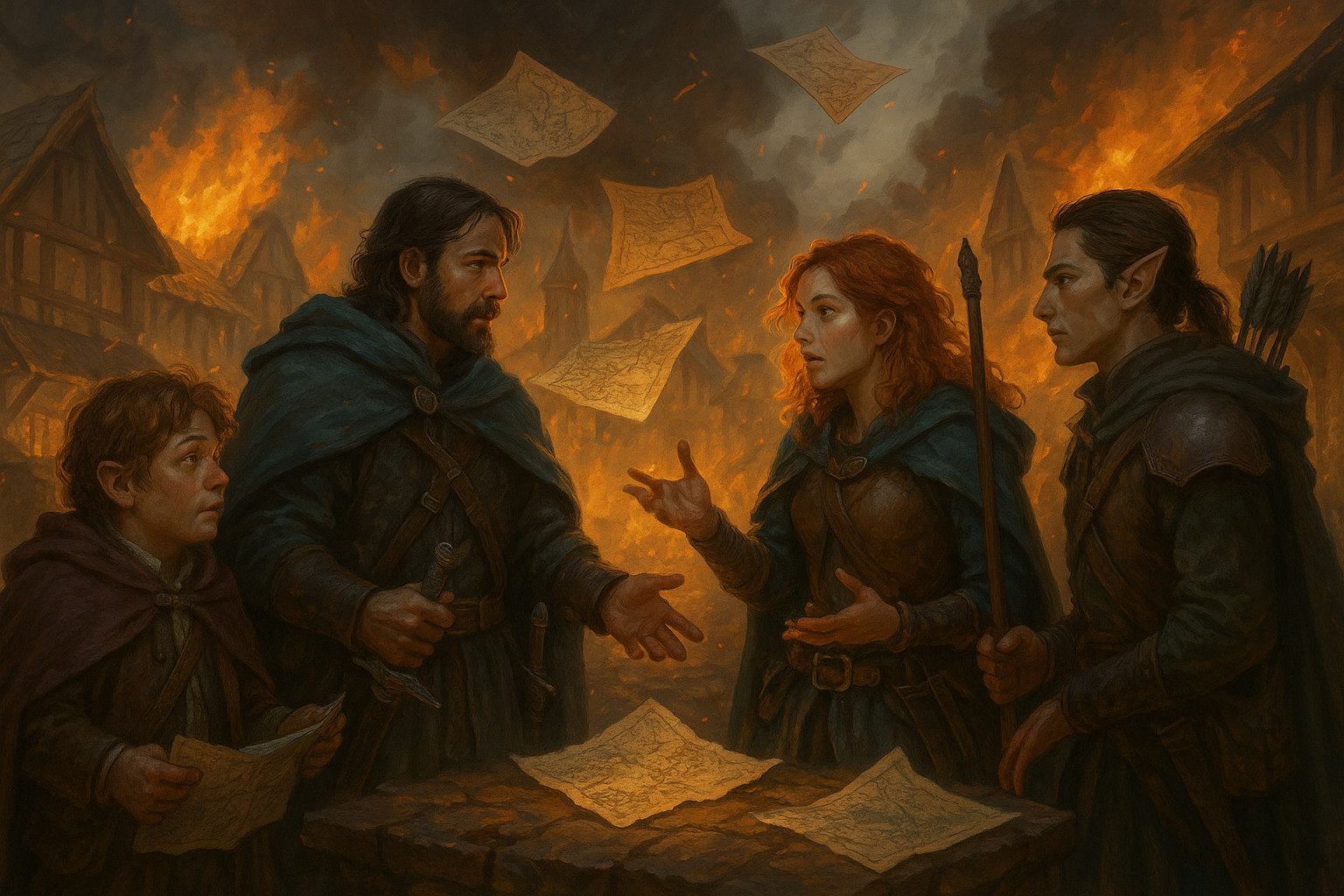How-To DM: From One-shot to Epic – Tips for Crafting and Running Short Adventures
Dear Readers, Dungeons & Dragons (D&D) is a game of limitless possibilities, where epic sagas and legendary campaigns unfold across vast landscapes. However, not every adventure needs to span multiple sessions. One-shot adventures, designed to be completed in a single gaming session, offer a unique and focused experience for both Dungeon Masters (DMs) and players. In this extensive guide, we’ll explore the art of crafting and running short adventures, from the initial concept to the thrilling climax.
The Allure of One-Shot Adventures
1. Introduction to One-Shots
One-shots are self-contained adventures that provide a complete story arc within a single gaming session. They offer numerous advantages, such as introducing new players to the game, allowing existing groups to explore different genres, and providing a quick and satisfying gaming experience when time is limited.
2. Benefits of Running One-Shots
- Accessibility: One-shots are perfect for introducing new players to D&D without committing to a long-term campaign.
- Flexibility: DMs can experiment with new ideas, settings, or game mechanics without a long-term commitment.
- Time Management: Ideal for sessions with limited time, such as convention games or spontaneous gaming nights.
3. Challenges of Running One-Shots
While one-shots offer unique advantages, they also present specific challenges:
- Character Investment: Players may struggle to connect deeply with characters in a short time frame.
- Pacing: Balancing exploration, combat, and roleplay within a limited timeframe requires careful planning.
- Story Completion: Crafting a satisfying and conclusive story without feeling rushed can be challenging.
Crafting the Perfect One-Shot Adventure
4. Define a Clear Objective
Tip: Clearly establish the primary objective of the adventure. Whether it’s rescuing a kidnapped NPC, retrieving a valuable artifact, or solving a mystery, a focused goal helps maintain direction.
5. Create Memorable Characters
Advice: Introduce NPCs with distinct personalities, quirks, and motivations. Memorable characters enhance player engagement and leave a lasting impression.
6. Build an Engaging Setting
Tip: Design a unique and immersive setting that complements the adventure. Consider using evocative descriptions to enhance the atmosphere.
7. Develop a Compelling Hook
Advice: Grab the players’ attention from the start with a compelling hook. Whether it’s a mysterious letter, a town in distress, or a strange occurrence, make it intriguing.
8. Incorporate Player Backstories
Tip: Weave elements of the characters’ backstories into the narrative. This personal investment enhances player engagement and investment in the story.
9. Establish Key NPCs and Antagonists
Advice: Define key NPCs and adversaries early in the planning process. Clearly outline their goals, personalities, and relationships to the central conflict.
Designing Engaging Encounters
10. Balancing Combat and Roleplay
Tip: Strike a balance between combat encounters and meaningful roleplay. Ensure that each encounter contributes to the overall narrative and provides opportunities for character development.
11. Introduce Moral Dilemmas
Advice: Challenge players with moral dilemmas that force them to make difficult choices. This adds depth to the story and encourages roleplay.
12. Incorporate Puzzles and Challenges
Tip: Integrate puzzles or challenges that require creative thinking. These elements break up the pace and engage players in problem-solving.
13. Offer Multiple Paths
Advice: Provide players with meaningful choices and consequences. This encourages replayability and empowers players to shape the direction of the story.
Mastering Session Management
14. Managing Time Effectively
Tip: Break down the session into manageable segments. Allocate time for key story beats, encounters, and player decisions to ensure a balanced pace.
15. Encourage Player Agency
Advice: Embrace player agency by allowing them to influence the narrative. Be flexible and adapt to unexpected player choices while maintaining the overall story arc.
16. Use Session Zero Elements
Tip: Incorporate elements of a traditional Session Zero, even in one-shots. Establish expectations, discuss player preferences, and collaboratively build character connections.
Navigating Common Pitfalls
17. Avoid Railroading
Advice: While providing structure is essential, avoid forcing players down a predetermined path. Allow flexibility and adapt the story based on player choices.
18. Steer Clear of Information Overload
Tip: Present information in digestible chunks. Too much lore or exposition can overwhelm players in a one-shot setting.
19. Mitigate Character Overload
Advice: Simplify character creation for one-shots. Provide pre-generated characters or streamlined character sheets to save time and reduce complexity.
Enhancing Player Experience
20. Foster Collaboration and Team Dynamics
Tip: Encourage players to collaborate and showcase their characters’ strengths. A cohesive party dynamic enhances the overall experience.
21. Provide Opportunities for Heroic Moments
Advice: Design moments that allow each character to shine. Whether it’s a critical success in combat or a clever solution to a puzzle, celebrate the players’ achievements.
22. Incorporate Rewarding Consequences
Tip: Include meaningful rewards or consequences based on player choices. This reinforces the impact of their decisions and adds depth to the story.
Crafting Unforgettable Endings
23. Build Toward a Satisfying Climax
Advice: Gradually build tension as the adventure progresses. Ensure that the climax feels earned and satisfying for the players.
24. Include a Plot Twist or Revelation
Tip: Surprise players with a plot twist or unexpected revelation. This adds intrigue and keeps the story engaging until the very end.
25. Conclude with a Sense of Closure
Advice: Provide a resolution that ties up loose ends and offers closure. A sense of accomplishment and finality enhances the overall satisfaction of the adventure.
Post-Adventure Reflection and Feedback
26. Conduct a Post-Adventure Debrief
Tip: Take time after the session to discuss the adventure with players. Gather feedback on what worked well and areas for improvement.
27. Encourage Player Feedback
Advice: Create a feedback loop by actively seeking input from players. Understand their preferences and use their insights to refine future one-shot adventures.
Building a Library of One-Shots
28. Documenting and Archiving Adventures
Tip: Keep a record of your one-shot adventures. Document key plot points, memorable characters, and player choices to build a library of reusable content.
29. Adapting and Expanding One-Shots
Advice: Take elements from successful one-shots and adapt them for future use. Expand on intriguing NPCs or settings to create new, longer adventures.
Conclusion: Crafting Memorable Tales in a Single Session
D&D’s versatility allows for adventures of all shapes and sizes, and one-shots are a testament to the game’s adaptability. Crafting and running short adventures require a unique set of skills, balancing storytelling, engagement, and player agency within a condensed timeframe. As a Dungeon Master, mastering the art of the one-shot not only adds variety to your repertoire but also offers players a chance to experience diverse narratives and settings.
From defining clear objectives to fostering collaboration and crafting unforgettable endings, each element contributes to the overall success of a one-shot adventure. As you embark on the journey of creating these brief yet impactful tales, remember that the key lies in balance—balancing time, engagement, and narrative complexity to create an experience that leaves a lasting impression on your players.
May your one-shots be epic, your characters memorable, and your gaming sessions filled with excitement and camaraderie. Happy adventuring!
Until next time, Dear Readers…

















